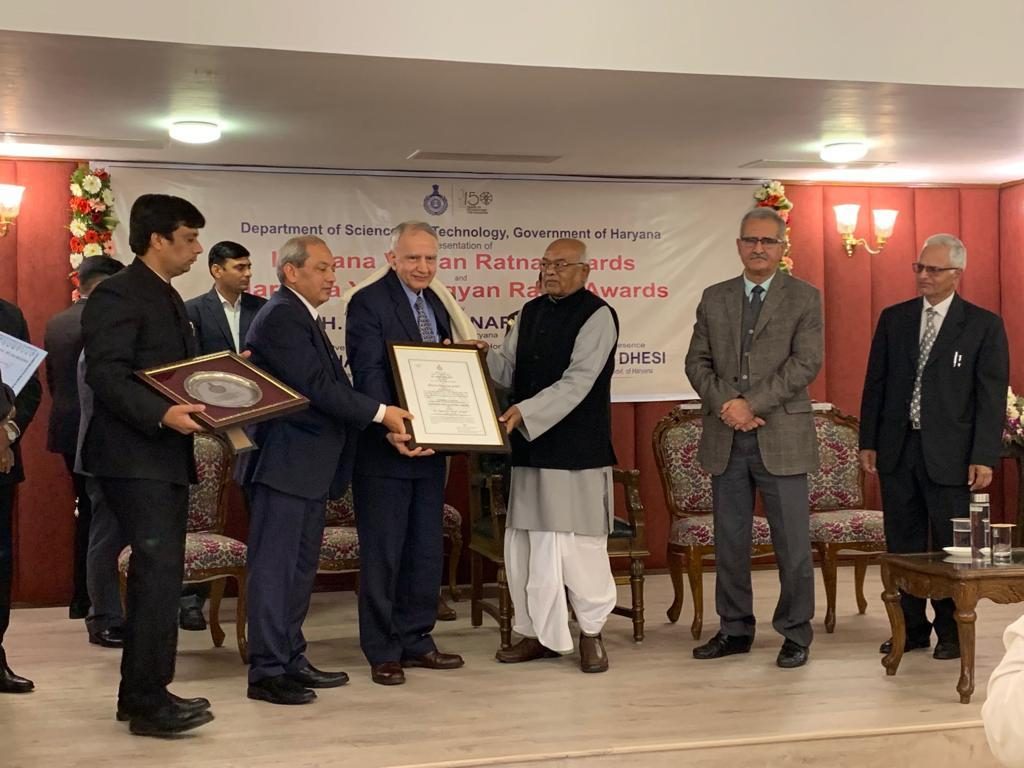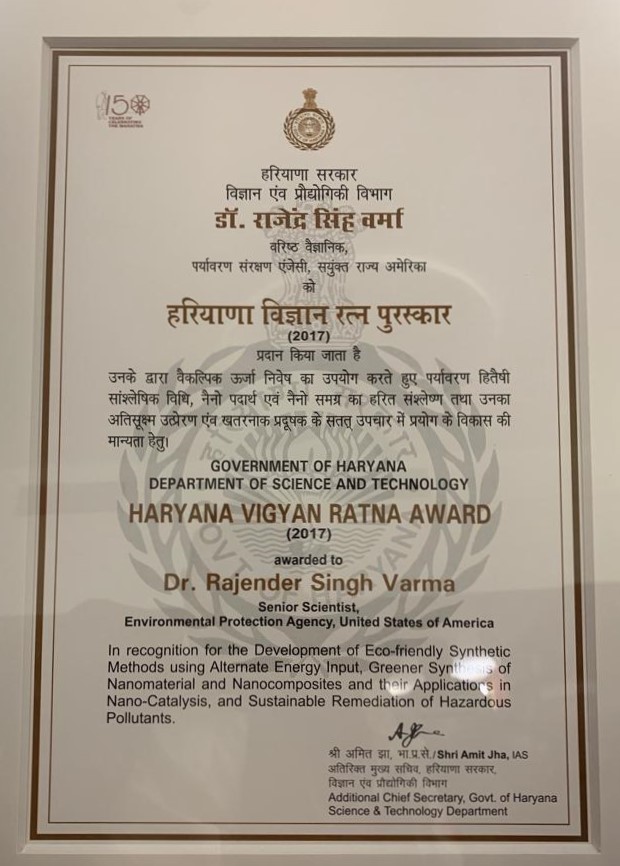The Authors need to submit a single file containing all the details as described below. The supplementary data files should be submitted as a separate file. Authors are advised to prepare their manuscript according to journal article template provided below.
Cover letter
Authors should supply a cover letter indicating rational of their work. Cover letter should also have details of at least three reviewers (with email). Cover letter should be provided on the first step of submission in “Comments for Editor’ box.
Graphical Abstract
Authors need to submit a graphical abstract highlighting the contents of manuscript. Graphical abstract could be submitted as supplementary file or on the last page of manuscript. The preferred image size of graphical abstract is 700px x 250px
Manuscript
Manuscript should include Title, Author (s), Affiliation (complete name of institutions), Abstract, 5 Keywords, (other sections like Introduction, Results and discussion, conclusion, experimental procedures in the main body text of manuscript could be used for full paper article), acknowledgment and references in the listed order. Short communications need not to be arranged in different sections. References should be formatted as shown for articles,1 theses,2 books,3,4 and patents,5
- R. Ping, M. Laura, P.S. Mario. Title of the journal article should be included here. Int. Lett.Org. Chem. 1996, 61, 4439–4449.
- B.K. Sharma. Ph.D. Dissertation, Thesis Title, Cornell University, 1995.
- R. Hussain, D. Shinkoi. Title of book like Synthesis and application of ionic liquid, John Wiley & Sons: New York, 2010.
- R.S. Buchanod, D.K. Reddy. In Selective Organic Transformations; T.R. Thyagarajan, Ed.; Integrated science: New York, 2002; Vol. 2, pp 1–95.
- G.L. Loyale, U.S. Patent 5 934 456, 1998; Chem. Abstr. 1998, 65, 2870.
Citation Manager style files: Authors are highly encouraged to use the citation manager programs for citing and formatting the references. Authors may use Mendelay, Zotero, Paper 2 or Endnote program. If you are using any of these citation manager program for Bibliography (References and Notes), then you can download citation style file for journal (common for all ScienceIn journals):
Mendelay, Zotero, Paper 2 style file: ScienceIn Journals CSL style file
Authors can directly add the styles to Zotero and Mendeley, follow the below steps:
Zotero: Open Zotero desktop > Edit (top menu)> Preferences > Cite (menu in new opened small window) > Get additional styles.. (click this link below the list of styles) > in new opened window – search the term ‘Integrated Science’ in search box and then click on ‘Integrated Science Publishing Journals’ link > style file will download > Open the file with Zotero desktop and use (this style is common for all ScienceIn Journals).
Mendeley: Open Mendeley desktop > View (top menu) > Citation Styles > More styles.. > go to tab ‘Get more styles’ (in new opened window) > search for the term ‘Integrated Science’ in search box and then click on ‘install’ adjacent to ‘Integrated Science Publishing Journals’ list > style file will be installed > then click on ‘Use this style’ from the installed styles tab and use (this style is common for all ScienceIn Journals).
Endnote style file: ScienceIn Journals Endnote style file
(click and download the endnote style file from google drive … and either copy the file to Endnote style folder (go to C:>Program files>Endnote > Style folder > paste the file in this folder (it will listed in style when you open the Endnote program) or you can directly Open the downloaded style file in EndNote program and use).
Also the user can check the respective program user guide (online link on Zotero, Mendeley or Endnote) regarding information on how to use the style file.
On acceptance of manuscript, authors must need to supply their manuscript in Article template (if they have not already submitted in template).
Submission
Authors need to submit all manuscripts through journal website. Register by following link ‘Register’ above (make sure to mark checked the options Author and reviewer while registering for journal). On login, you will find ‘new submission’ link in your panel page.
Templates
On acceptance of manuscript, Authors are required to submit revised manuscript in journal articles template (If authors wish, they are free to submit their manuscript in journal article template while submitting first time).
Biomedical Sciences Word2007-2010_template (click and download from google drive..)
Instructions for conversion of manuscript in journal article template is provided on https://pubs.thesciencein.org/manuscript-conversion-in-journal-article-template-instructions/ (please check the video on the link for correctly formatting your manuscript.
download the template (as per the MS Word version that you have on your computer), double click the file to open and then prepare your article and save it with your own name.
Login and submit the manuscript online (submission by email are not accepted). Only online submissions are accepted now.
On acceptance of manuscript, Authors need to send ‘Copyright Transfer form’ (signed by all authors).




